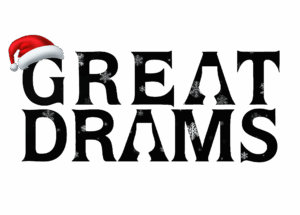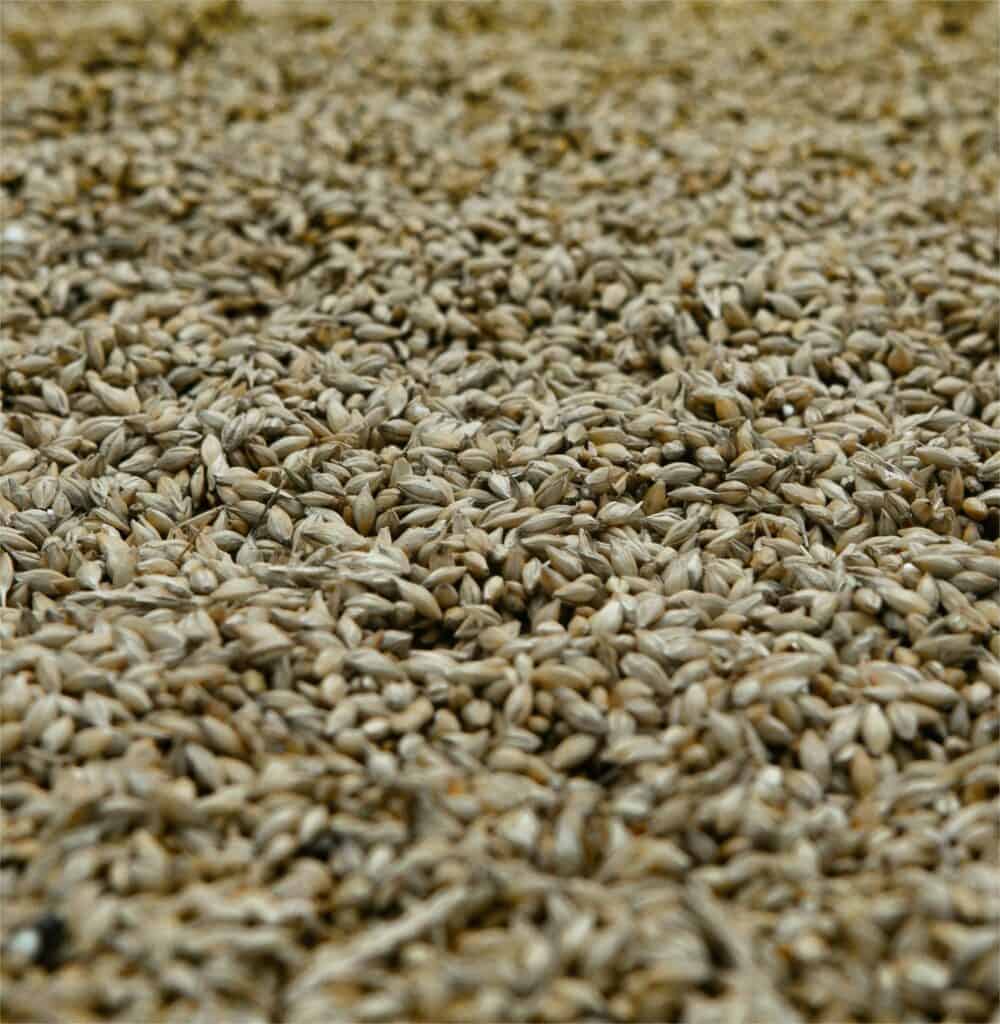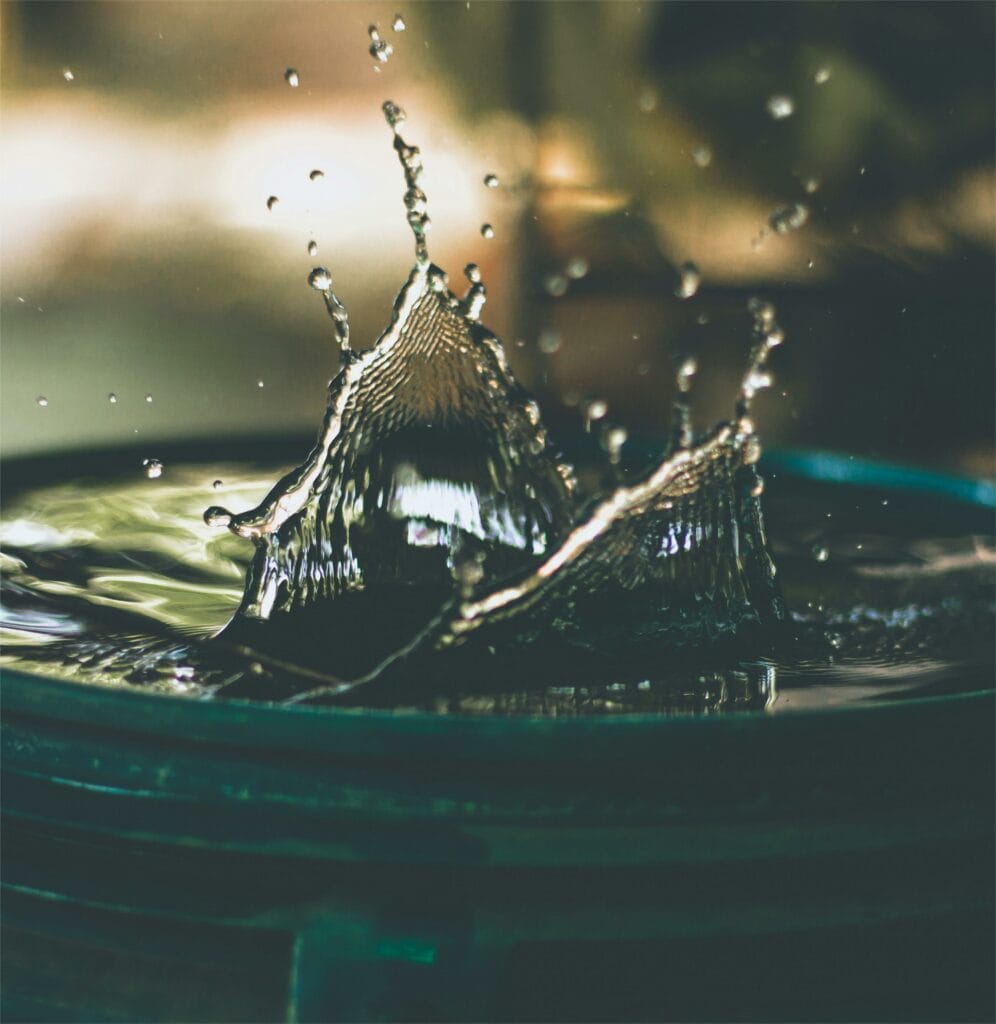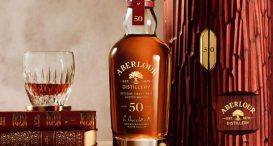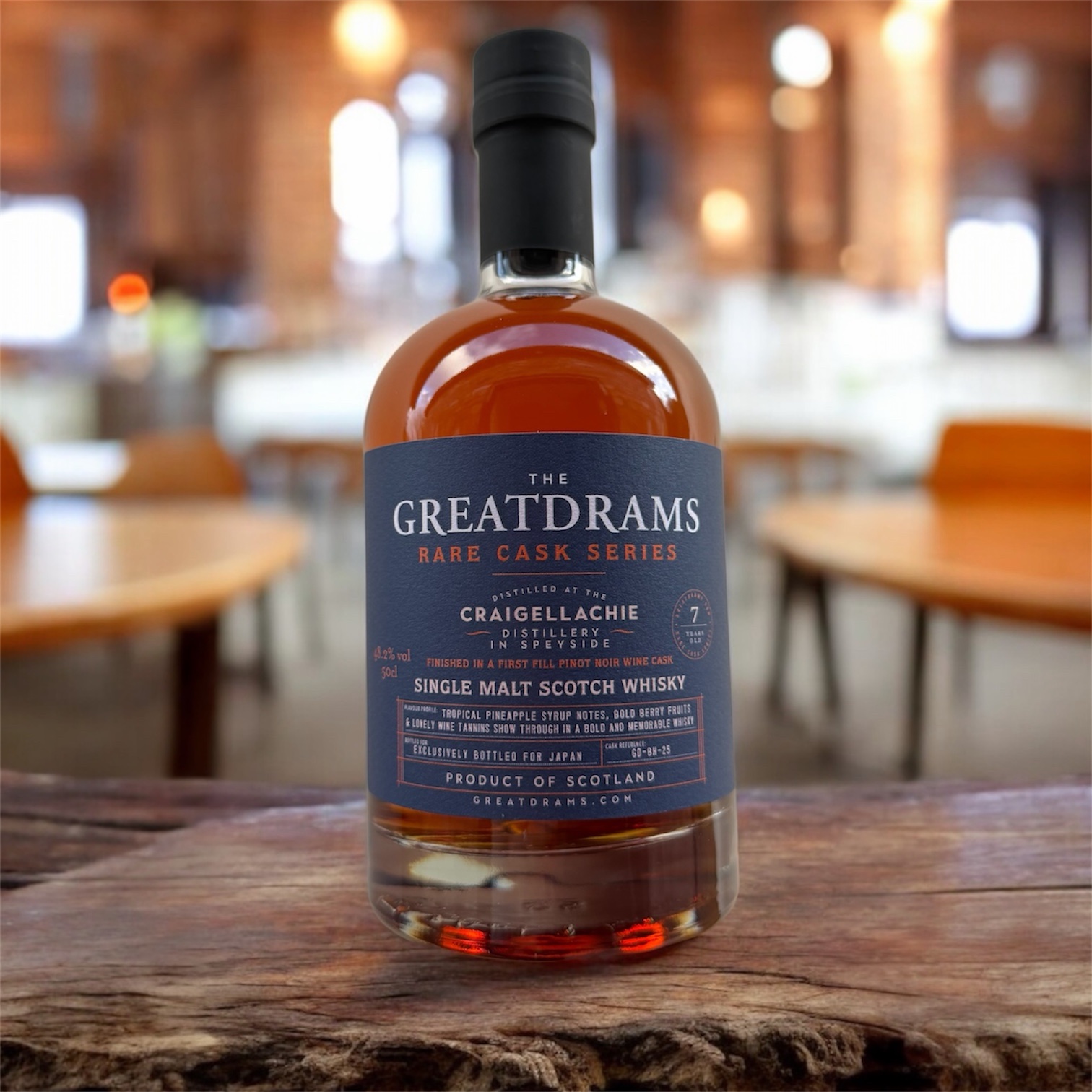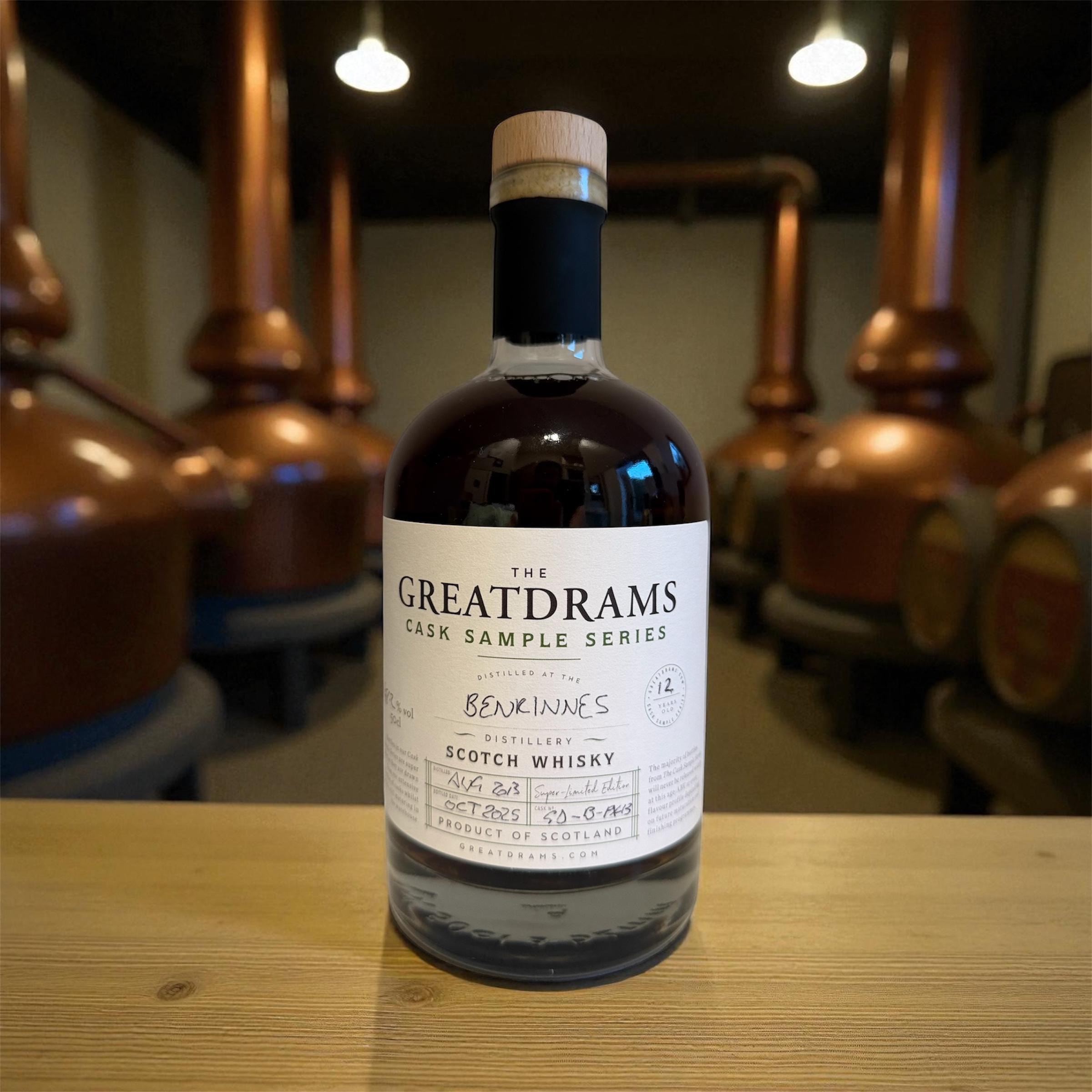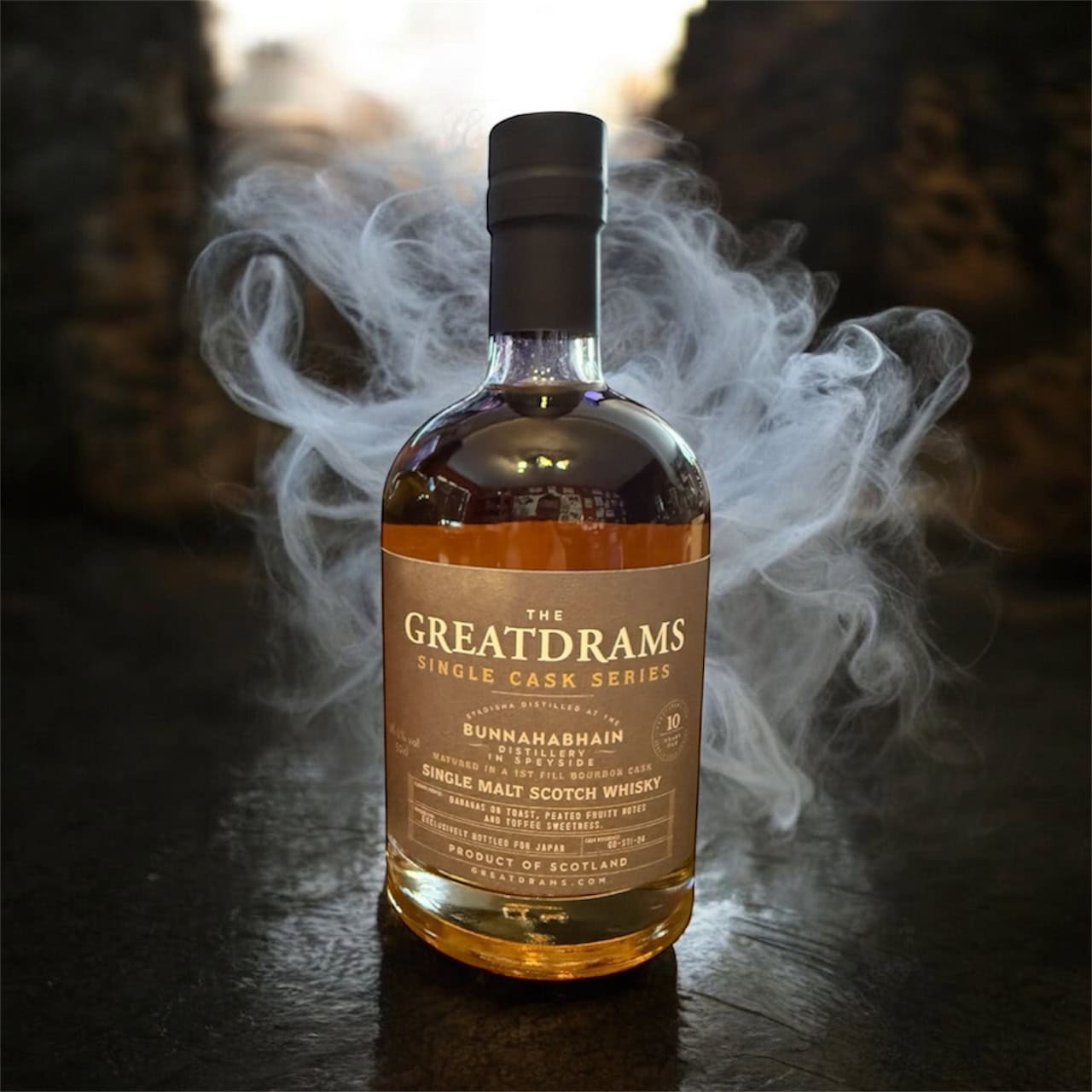Factors That Affect Whisky’s Taste
As you probably know, most whiskies begin their lives very similarly to one another. Of course there’s much more to it, but fundamentally, whisky/whiskey is made from just three ingredients:
-
- Grain/grains
-
- Water
-
- Yeast
As each whisky contains so few ingredients and is made so similarly (at the beginning at least) surely those unfamiliar with whisky would expect them to all taste almost identical. The truth, however, is quite the opposite. The final whisky you get to enjoy fresh out of the bottle tastes a billion times different to how it tasted when it first entered its cask to enjoy a little snooze, of three years at least, to mature.
What I love about whisky is that no two are exactly alike. One dram could give you notes of toffee apple and orange, while another could have a smoky, earthy, medicinal taste. But why? Is there some magical whisky fairy that comes along and decides what a whisky tastes like? Well, unfortunately not, although after a few double cask strength single malts, that might seem plausible. The truth is that, while maturing, there are several factors that can influence how a whisky tastes, and I’ll be looking at those right now.
Grains
One of the biggest influences on the overall taste of a whisky is the grain selection.
A rye whisky for example, tastes very different to a bourbon whiskey made predominantly from corn. This in turn will taste completely different to a single-malt Scotch.
Different grains impart different flavours. A rye whisky for example, will have aromatic, herbal, spicy notes. A bourbon whiskey with a mash made predominantly from corn will have a sweet, slightly nutty, creamy character.
Different grains have different compounds, and it is these which help impart different flavours at the start of a whisky’s journey to the bottle. In barley for example, there are compounds such as furan, which can give citrussy flavours. These are known as ‘Phenolic Compounds Phenols’.
There’s way too much science involved to go into much detail today, but basically different grains have different compounds, which in turn influence what a whisky/whiskey tastes like.
Water
If you want to cause a riot, if you’re drinking a fine single-malt Scotch in a bar and wish to dilute it down with water, go ahead and add a glug of tap water. When people add water to their drams, they add a small amount of mineral water, and for good reason.
Water can also play a huge role in determining what a whisky is going to taste like.
Different bodies of water around the country contain different minerals, and different mineral quantities. These minerals have a profound effect on the overall flavour of a whisky.
Distilleries generally draw their water from mineral-rich rivers and streams. They certainly don’t just use tap water full of chlorine. The minerals in water impact the fermentation process by influencing yeast metabolism. Different minerals will affect the yeast in different ways, which in turn means that each whisky will ferment differently.
Peat
Not all distilleries use peat, and as peat reserves are dwindling, it is used less and less these days.
Peat is a made of partially decomposed organic matter. It’s basically the ultimate form of compost made from decayed vegetable and plant matter that’s hundreds of millions of years old. It’s usually found in bogs and marshlands, particularly in coastal island regions such as Islay.
Peat is used to dry barley during the malting process. Peat bricks are fed to a kiln to provide heat for the barley to malt. The peat smoke imparts a strong smoky, earthy flavour into the grains. The longer the grains are exposed to the peat smoke, the smokier the dram is likely to be.
Peated whisky is synonymous with Islay, with many of the distilleries using it during the malting process. Laphroaig, Bowmore, Talisker, and Lagavulin are great examples of peated whisky brands. If you like your whisky smoky, peated is the way to go.
Cask Maturation and Aging
Once a whisky has been fermented and distilled, it is then placed into a wooden cask, where by law, it must age for at least three years in order for it to be classed as a whisky.
The cask used is definitely one of the most important deciding factors in terms of how a finished whisky is going to taste. Typically made from oak, most casks used for whisky maturation are lightly charred on the inside and have previously stored liquids such as bourbon whiskey, sherry (Pedro Ximenez and Oloroso are very popular), madeira wine, red wine, port, and some other liquids.
As a whisky ages in a cask, it picks up notes, flavours, and aromas from the wood the cask is made of, and the liquid it housed previously. That isn’t to say that a Scotch aged in an ex-bourbon cask will taste like bourbon because it won’t. It may, however, pick up a few caramel notes like those common in bourbon.
The longer a whisky ages in a cask, the more intense the flavour could be, though this isn’t always the case either.
Weather and Climate
Finally, we have weather and climate, which all comes down to geography.
American bourbon whiskey is produced in Kentucky, which is usually very warm and humid. Islay whisky, however, is made on the island of Islay, which is coastal, much cooler, and much wetter too.
Temperature plays a key role in how a whisky tastes as it can influence how the whisky interacts with the oak barrel it is stored in, and how much flavour it absorbs.
You usually find that whiskies produced on coastal distilleries, such as those on Islay, also have a slightly salty, briney, sea breeze and marine-like quality from the water, the wind, and the sea salt in the air.
If you’re looking for whisky, or whisky-related info, be sure to head over to GreatDrams.com and take a look at some of the amazing multiple-award-winning whiskies we have available.
Whether you’re after a fruity Speyside, a peaty Islay, or anything in between, here at GreatDrams we’ve got you covered. We’ve also an abundance of whisky-related info for you to read at your leisure, so be sure to check out our blog.
